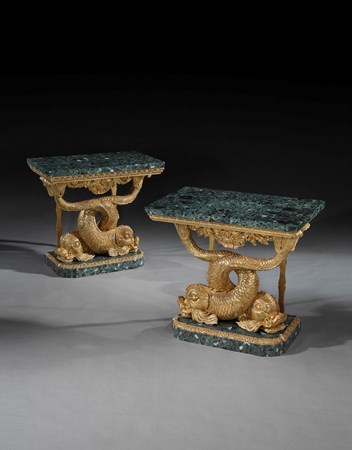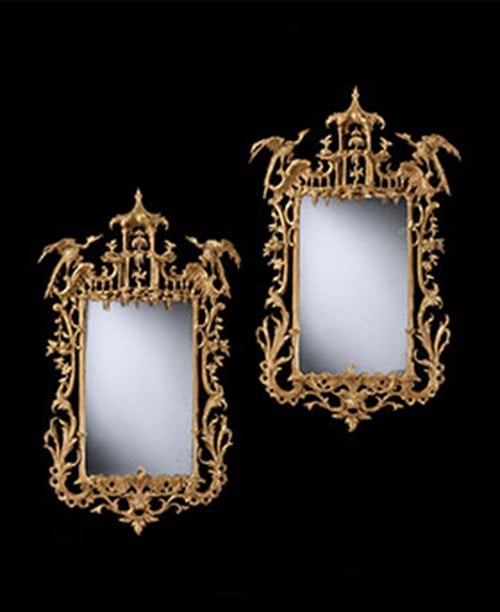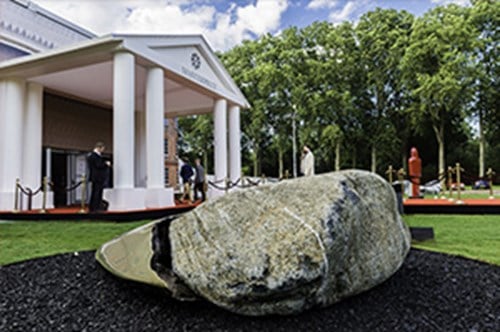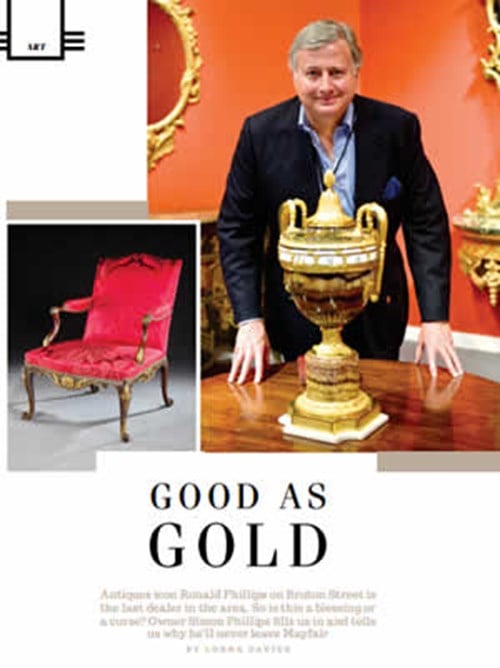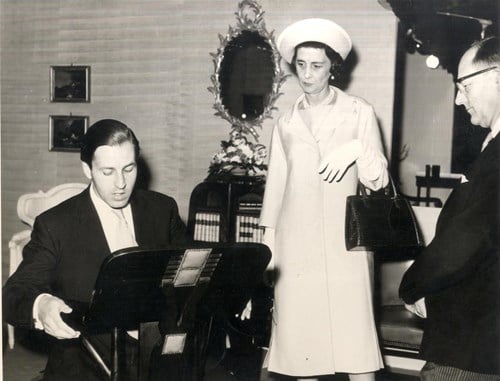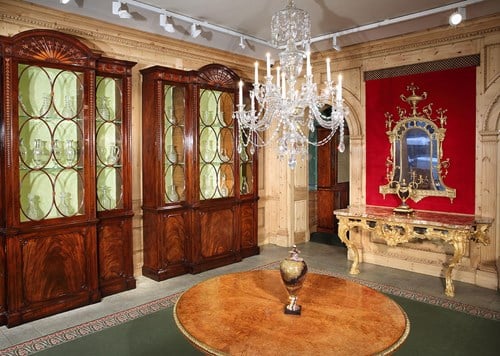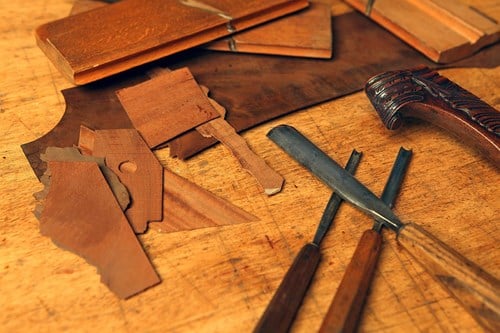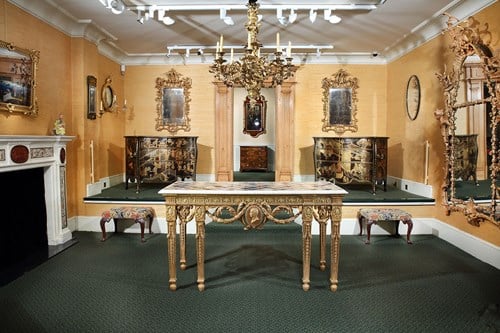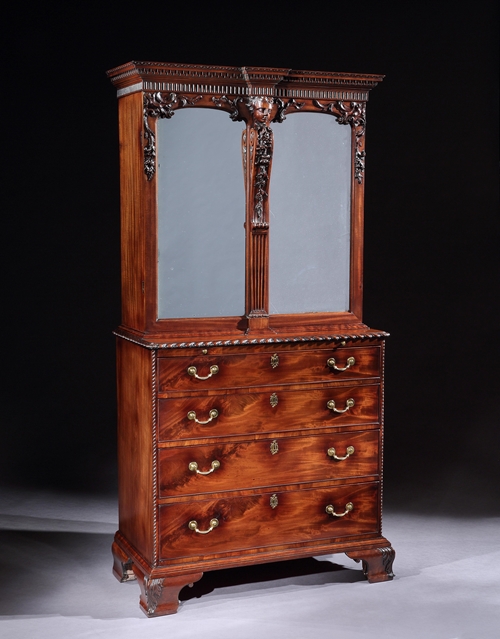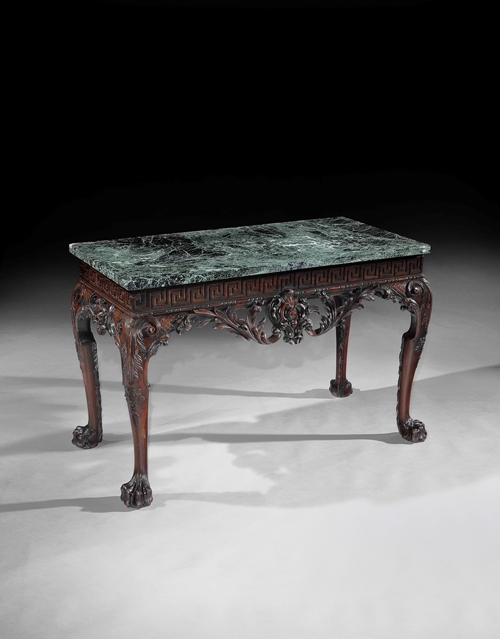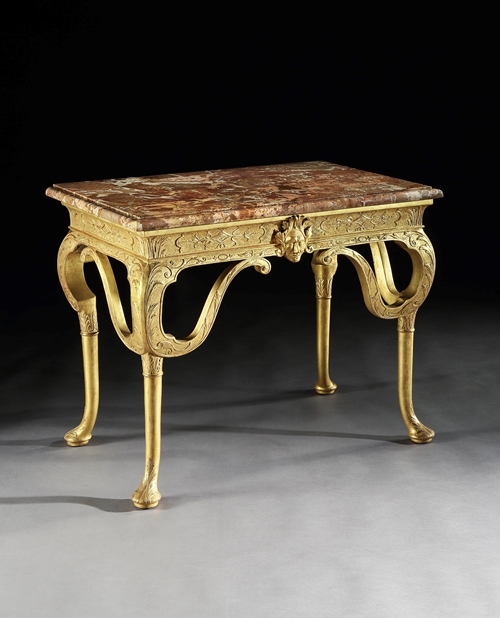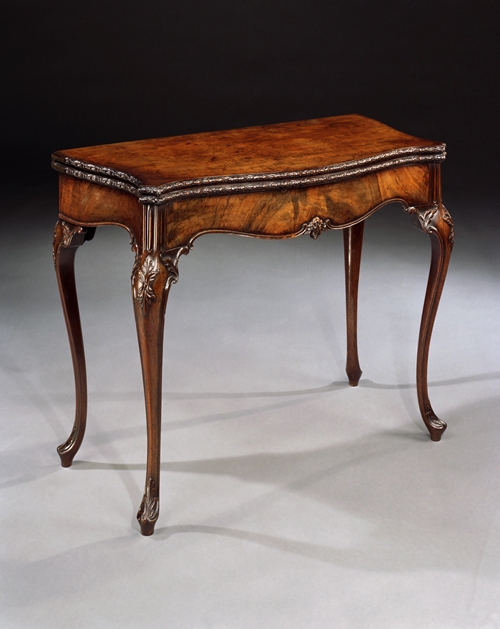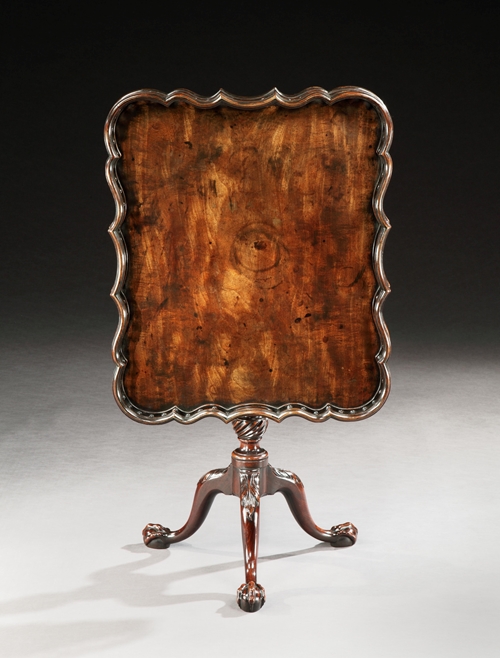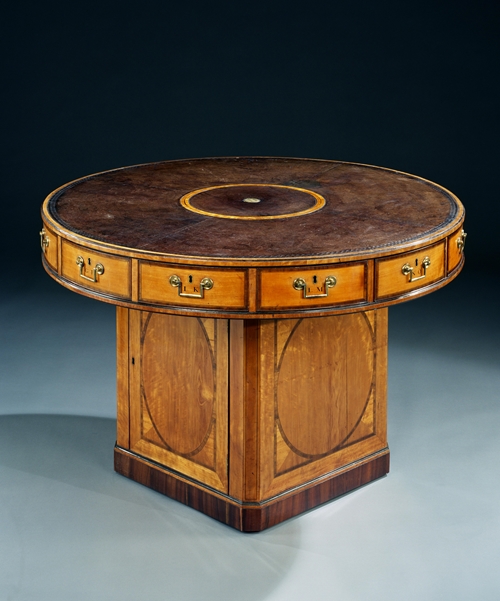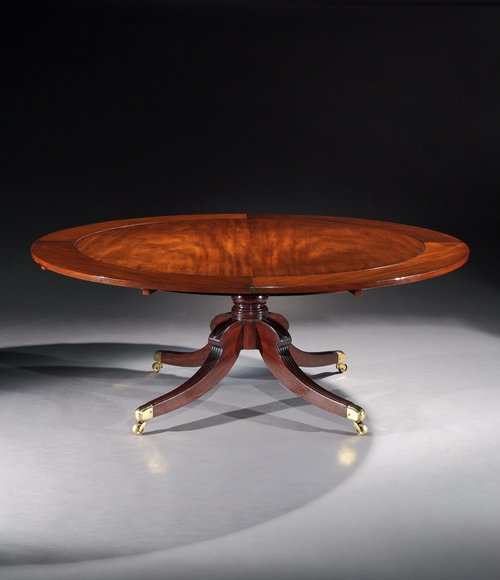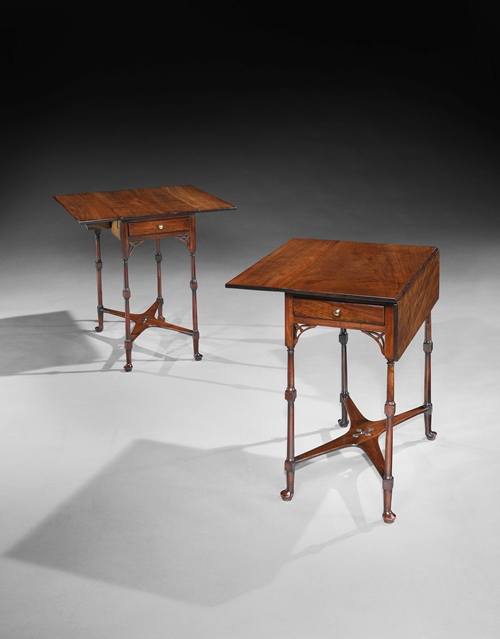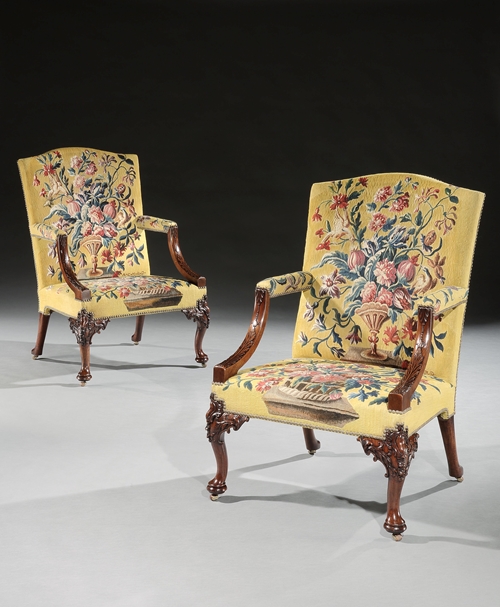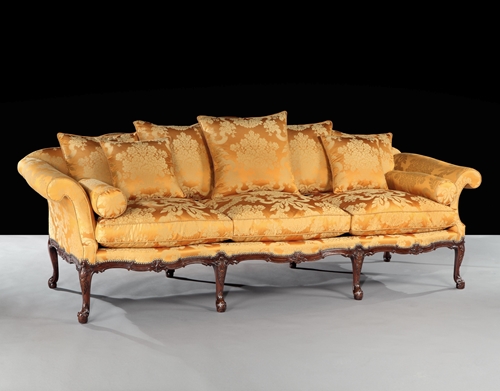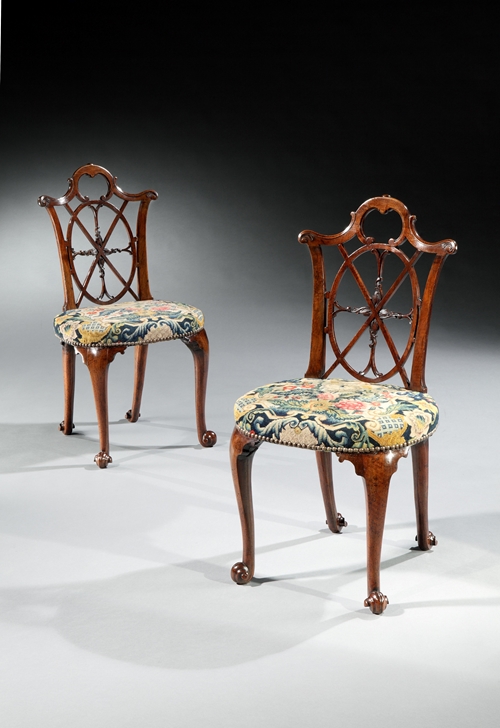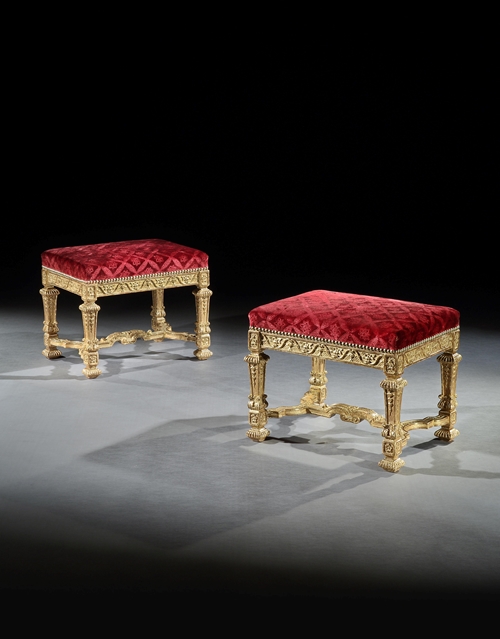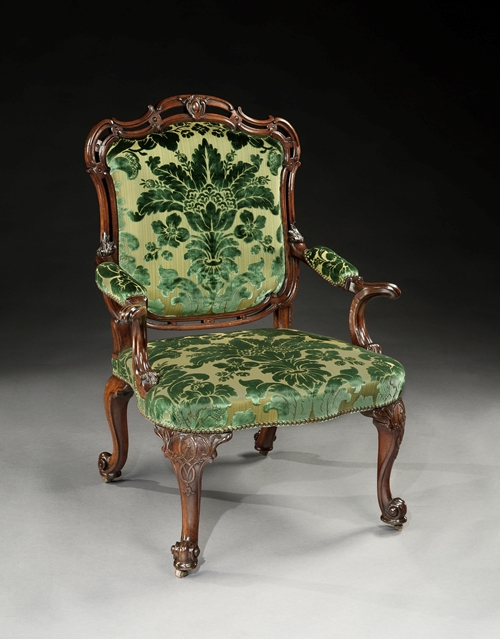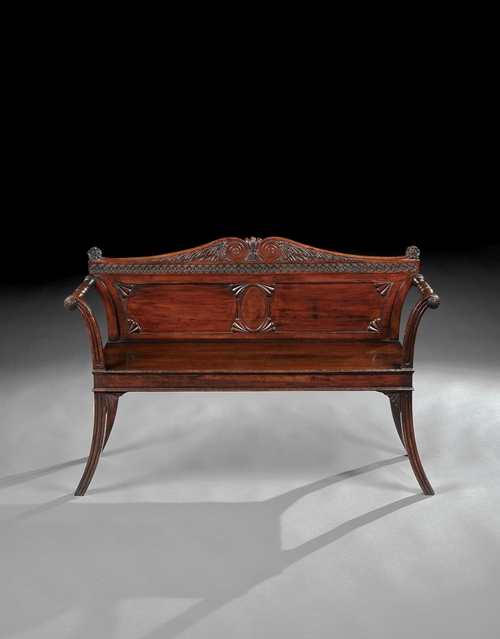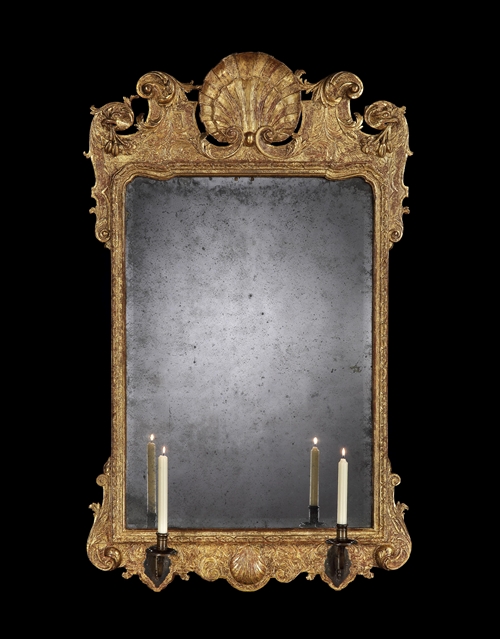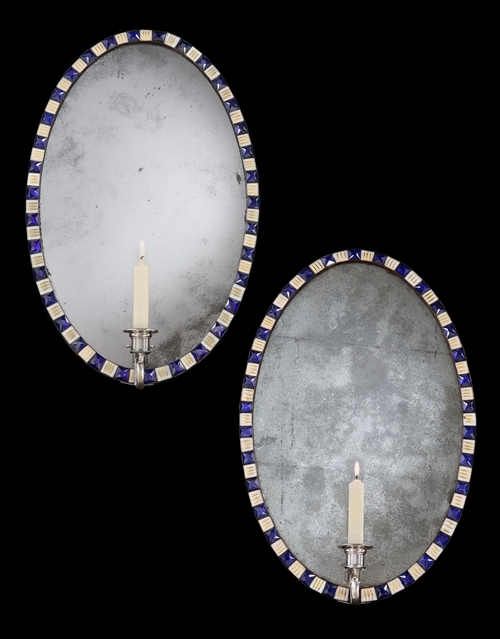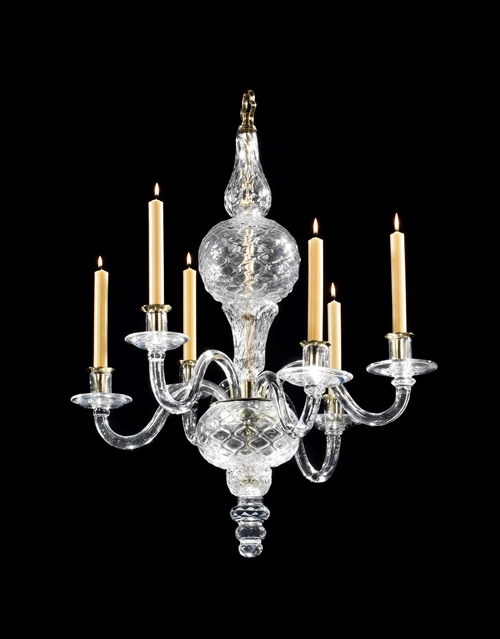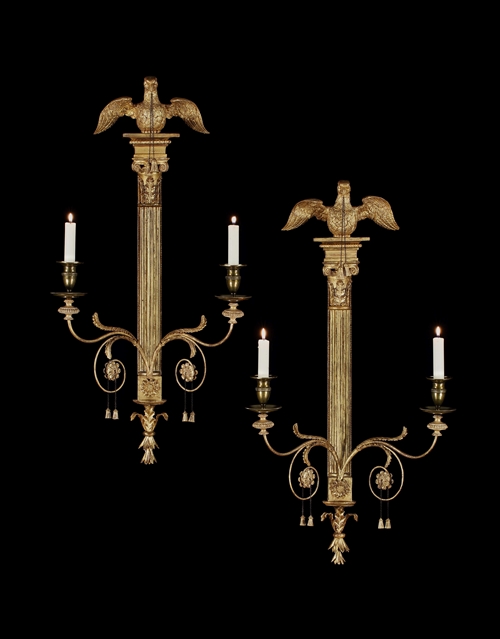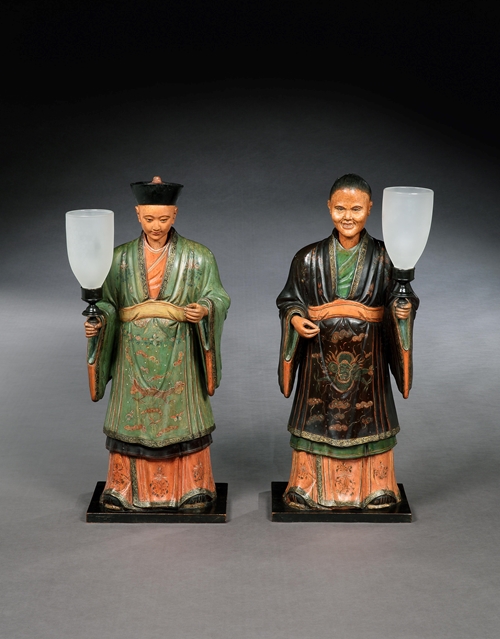An important and previously unrecorded late 17th century ebony veneered table clock, the gilt handle surmounting a cushion moulded dome top applied with foliate gilt mounts, the sides with carved wood frets, with fine gilded mounts to the door, the fire gilded, 6 ½ - inch square dial plate signed ‘Tho. Tompion Londini fecit’ along the base, the matting and gilt spandrels of superb quality, with a strike/silent (S/N) lever above ‘XII’, the chapter ring typical and very fine, the half hour divisions in the usual Tompion ‘sword hilt’ style while the outside arabic minute numerals are crossed through, with original hands, the date aperture placed below XII with a pin-hole adjustment between the numbers, with a later lever positioned at IX above which is engraved ‘0312’, previously used for the date adjustment, the elaborately and beautifully engraved floral backplate centred by an engraved tablet signed ‘Tho: Tompion Londini fecit’ and numbered ‘119’.
This extraordinary timepiece , a discovery in the horological world, fills the gap for No.119 of recorded clocks in Jeremy Evens book on Thomas Tompion.
Thomas Tompion is perhaps the famous of all English clockmakers establishing their international pre-eminence from the late 17th century through the 18th century. So revered were English clocks that they were used as diplomatic gifts at the highest level with many still surviving in foreign Royal museums and collections. Fortunately one of Tompion's innovations was to create a numbering system for his spring and long-case clocks, which is thought to be the first time that a serial numbering system was applied to manufactured goods. This clock, long recorded but lost to all collectors and scholars until its recent rediscovery in Italy, is numbered ‘119’, allowing us to date its manufacture to circa 1688. It has survived in extraordinarily untouched condition, with the gilding, patination and movement preserved to an exceptionally fine degree. It is highly unlikely that another missing Tompion will ever come to market in such untouched condition having survived in the collection of a noble Roman family, that of Prince Massimiliano Lancellotti, until very recently. This is by no means the first Tompion clock with Italian links as in 1689 a magnificent clock was presented by King William III to Cosimo de Medici, Grand Duke of Tuscany, the head of one of the greatest of all Italian family's.
Thomas Tompion was born in circa 1639 and was baptised in Northill, Bedfordshire, on 25 July 1639. He worked with his father, a blacksmith, until his arrival in London when he is first recorded as an early member of the Clockmakers’ Company of London, joining in 1671 and becoming a master in 1704. From c. 1701- c.1708 he worked in partnership with Edward Banger fl. C. 1680-1720). In 1711 Tompion joined in partnership with George Graham (1673–1751), who had married Tompion’s niece Elizabeth, and later developed the spring escapement further after Tompion’s death. He also continued Tompion’s scheme to number his timepieces in four series: timepiece watches, repeating, clock watches and alarm watches. Tompion died on 20 November 1713 and was buried in Westminster Abbey. Many of his clocks are still operational today, including two of his one-year clocks in Buckingham Palace and several in the collection of the British Museum.
In 1676, following the foundation of the Royal Observatory, with King Charles II's approval and Jonas Moore's support Tompion was selected to create two clocks that would be wound only once a year. They proved to be very accurate and were instrumental in the accurate calculations of astronomers, thereby firmly establishing Tompion’s reputation.
Due to his relationship with the scientist Robert Hooke (1635–1703), Tompion made some of the first watches with balance springs. These were much more accurate than earlier watches. He was also the co-patentee with Booth and Houghton following the invention of the cylinder escapement, allowing him to create flatter watches.
We are very grateful to Jeremy Evans, former Curator of the Department of Horology of the British Museum, and the acknowledged authority on Thomas Tompion, for his help in identifying and cataloguing this re-discovered clock.
Literature:
R.W.Symonds, Thomas Tompion, His Life and Work, 1951, p.148, fig. 118.
Jeremy Evans, Thomas Tompion-at the Dial and Three Crowns, London 2006, p.73.
-
Provenance
By family descent to Prince Massimiliano Lancellotti, Italy.
Looking for something similar? YOU MAY ALSO LIKE
YOU HAVE RECENTLY VIEWED ITEMS
- CAN WE HELP YOU?
- +44 (0)20 7493 2341
- [email protected]


